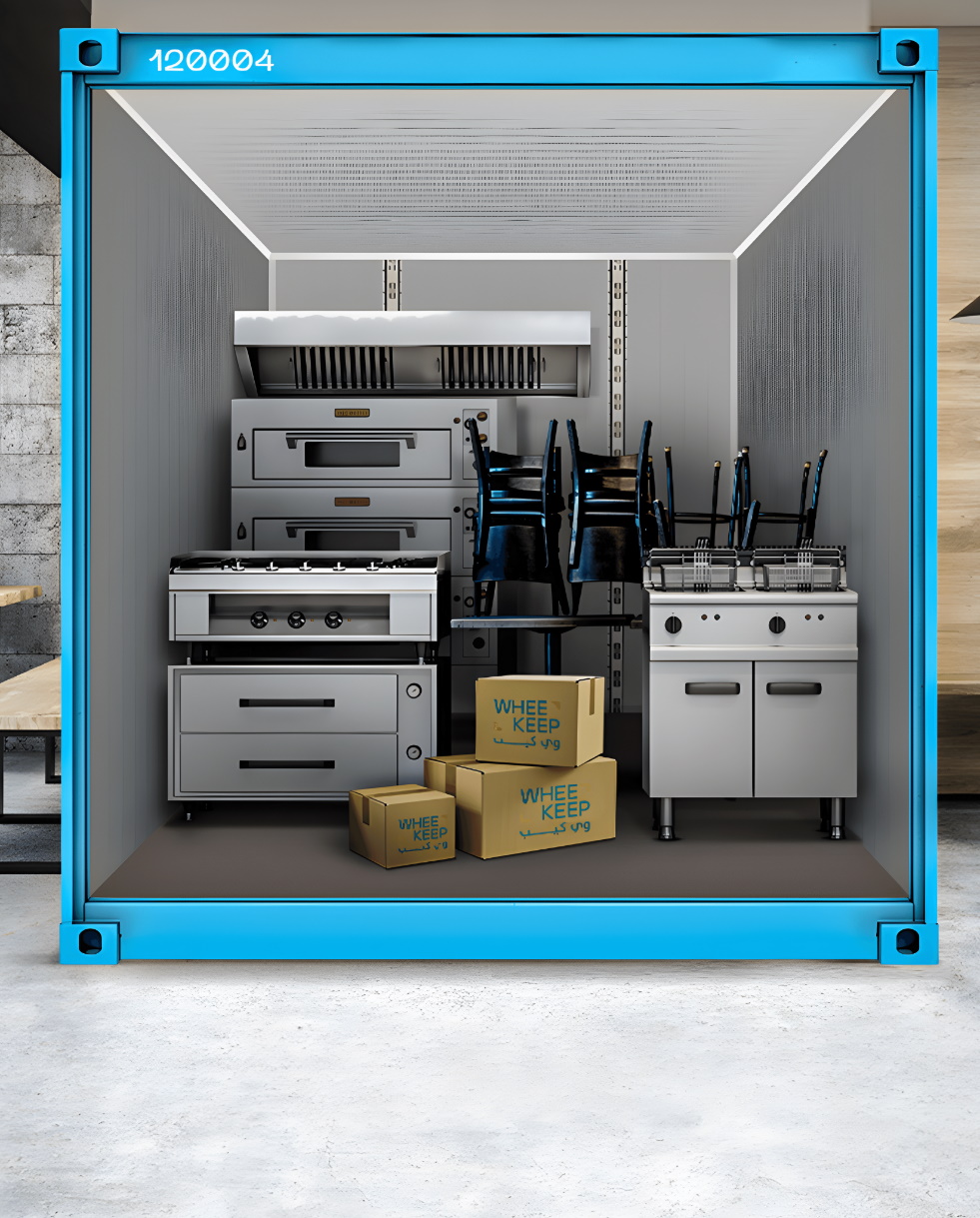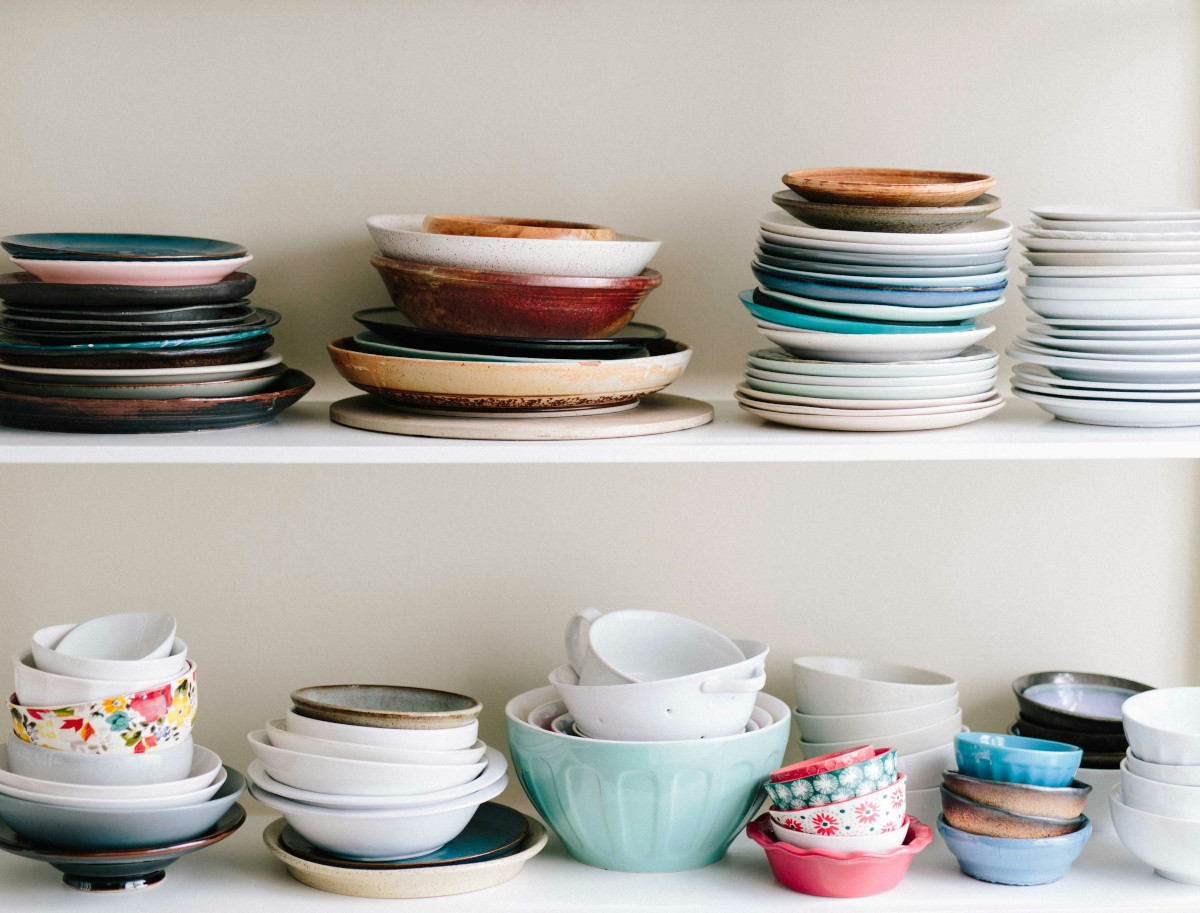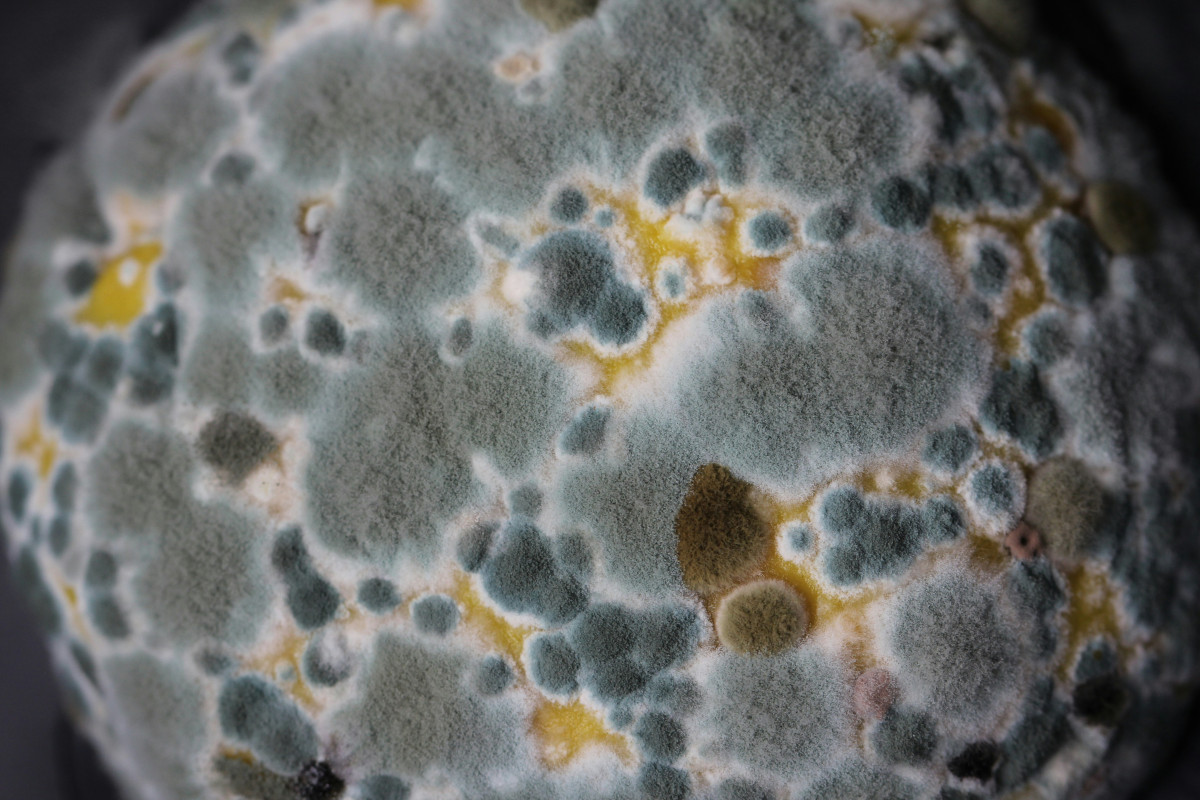How to Protect Your Goods From Humidity in a Storage Unit

Whether you’re storing excess documents or inventory crowding up your business or you’re preparing for a move and need to keep household items out of the way for a while, we know that self-storage can be stressful.
You may be worried about the safety of your goods, or maybe even just the logistics of loading up a car, heading to the storage unit, unpacking, and organizing. Or, maybe it’s something more specific like how to protect your goods from humidity in a storage unit.
For the most part, we’re fortunate to have low humidity levels across Saudi Arabia. However, along the coasts humid conditions are not uncommon – and this can spell disaster for certain types of goods.
Don’t worry. When you place your trust in WheeKeep as your self storage rental, you can enjoy peace of mind knowing your goods are safe and secure, even from the weather itself. Our climate-controlled units protect against humidity, heat, insects, theft, and anything else you could be stressing about.
Plus, the process is quick and easy. Learn more about why we’re considered among the best storage unit companies today and book your unit!
Why Humidity Poses a Threat to Your Goods in a Storage Unit
Before we get into our top tips on how to keep moisture out of storage unit, let’s talk about why this is even a concern in the first place.
Mold and Mildew Growth
High humidity levels create the perfect environment for mold and mildew to thrive. These fungi prefer damp, poorly ventilated areas and can quickly grow on a variety of materials, including textiles, paper, and wood.
Once established, mold can cause irreparable damage, staining fabrics, weakening paper products, and causing a musty odor that is difficult to eliminate.
More importantly, mold spores can pose health risks, particularly for those with allergies or respiratory issues.
Corrosion and Oxidation
Metals are particularly susceptible to the effects of humidity. Excess moisture can lead to corrosion and oxidation, processes that deteriorate metal over time.
This is not only a concern for metal furniture or tools but also for electronic devices stored in the unit. Corrosion can degrade the electrical circuits within electronics, leading to potential malfunctions or complete failure of the devices.
Warping and Swelling of Wood and Fabrics
Wooden items and certain fabrics absorb moisture, which can cause them to swell and eventually warp.
This can weaken structural integrity and alter the appearance of wooden furniture, affecting stability and aesthetics.
Similarly, excessive moisture can cause fabrics to become limp and misshapen, affecting items like upholstered furniture and clothing.
Items Most at Risk in Humid Storage Conditions
Certain items are particularly vulnerable to damage in humid storage conditions, including:
- Electronics: Moisture can short-circuit internal components, render devices inoperable, and cause irreversible damage. Electronics must be stored in dry, stable environments to prevent condensation that could damage their intricate electronics.
- Furniture: The warping we described not only affects the function and fit of wooden pieces but can also lead to structural damage over time. Varnished or painted surfaces may peel or blister, compromising appearance and protective coatings. Upholstered furniture can absorb moisture, leading to the growth of mold and mildew which are smelly and difficult to eradicate.
- Clothing and Textiles: Once mold and mildew establish themselves on fabric, they can cause permanent stains and a musty smell that is challenging to remove. High humidity can also weaken fibers, reducing the lifespan and wearability of clothes and other fabric-based items.
- Paper Products and Artwork: Moisture exposure can lead to curling, swelling, and deterioration over time. Important documents, books, and artwork stored in humid conditions can suffer from ink run, mold spots, and general degradation of paper integrity. Paper or canvas-based artworks require strict humidity control to prevent the materials from loosening or the paint from flaking.
So, whether you’re wondering how to store clothes in a storage unit, how to store furniture in a storage unit, or even how to store washer and dryer in storage unit, moisture control is of the utmost importance. Fortunately, we have expert advice on how to protect your goods from humidity in a storage unit below!
How to Keep Moisture Out of Storage Unit: Tips on Protecting Good From Humidity in Storage Units
Protecting your goods from humidity in storage units is as simple as choosing the right storage solution and preparing your goods properly. You can even take things a step further with moisture control measures within the storage unit itself if you’re really worried. Here’s what you need to know.
Choosing the Right Type of Storage Unit
While the portable storage unit cost will certainly be higher, opting for a climate-controlled unit is worth it.
These maintain a constant temperature and humidity level to reduce the risk of moisture-related damage. They’re our recommendation for storing sensitive items like electronics, musical instruments, books, and clothing.
Whether you’re looking for moving storage units, on-site storage units, or even portable storage units, WheeKeep has climate-controlled solutions to help you enjoy peace of mind protecting your goods from humidity.
Use of Silica Gel and Dehumidifiers
Silica gel packets absorb excess moisture, and you can use them in your storage space if you’re worried about humidity. Place them in various corners of your storage unit as well as inside boxes containing sensitive items.
You could also use other types of moisture absorbers like calcium chloride trays, which draw moisture from the air and collect it in a container. They can then be emptied as needed. Charcoal briquettes can also serve as a natural moisture absorber.
For larger units or areas with high humidity, consider using an electric dehumidifier. These devices maintain optimal humidity levels and can be set to run periodically to ensure the environment remains stable without having to constantly run the unit, which would get expensive.
Proper Ventilation Techniques
Good air circulation is essential in preventing the buildup of stagnant air and moisture. This is one of the key properties of a climate-controlled storage unit, but you can take things a step further by learning how to organize your storage unit properly.
Create space between items and avoid stacking boxes directly against walls. This arrangement allows air to move freely around and between items, minimizing moisture accumulation.
Preparation of Goods for Storage
As we discuss in our guide on how to pack a self storage unit, preparing your items in advance is not something you should take lightly.
Ensure all items are clean and completely dry before packing. Use vacuum-sealed bags for clothing, textiles, and other fabrics to protect against moisture and pests.
For furniture and other large items, consider using specially designed covers that allow ventilation while protecting against dust and moisture.
Regularly Checking Your Storage Unit
If you plan on storing your items long-term, it’s worth paying the facility a visit every few weeks or months to check in on your goods and make sure they’re not falling victim to humidity.
You’ll be able to identify the signs of mold, mildew, or corrosion, and adjust your moisture control strategies as necessary. This is also an ideal time to check the functionality of dehumidifiers, replace silica gels and charcoal briquettes, and ensure that ventilation spaces remain clear.
Enjoy Peace of Mind Protecting Your Goods From Humidity With WheeKeep Storage Units!
There you have it – how to keep moisture out of storage units. As we said earlier, the best thing you can do to protect your goods from humidity is to invest in the right storage unit. Your search ends here at WheeKeep.
So, how does self storage work with WheeKeep? It couldn’t be any easier. You can choose from a variety of styles and sizes based on your needs. We’ll bring the unit to your location so you can load it up yourself and lock it. You’re the only one that has a key.
From there, you can either let us take the unit back to our secure facility, move it to your next destination, or you can even keep it on site. Either way, you don’t have to stress about your items being exposed to humidity!
Our facilities are equipped with cutting-edge surveillance systems, 24/7 monitoring, and controlled access to ensure that only authorized personnel can enter.
You don’t have to stress about how to pick a storage unit size with us, either. Our intuitive storage space calculator eliminates all the guesswork and uncertainty from the process.
So, learn more about what makes us the #1 choice in Saudi Arabia today by getting in touch with any questions, or book your unit straight away. Stop stressing about storage once and for all!
Final Thoughts on How to Protect Your Goods From Humidity in a Storage Unit
We hope this guide on how to protect your goods from humidity in a storage unit has left you with a clear understanding of what you need to do to avoid the pitfalls of moisture damage.
It’s as simple as partnering with a reliable company that offers climate-controlled storage units like we do here at WheeKeep. From there, simply prepare your items properly, use moisture-absorbing tools as needed, and do your best to stop worrying – your items are in good hands with us!
Find more resources on storing your goods in our blog. You can learn about how much moving companies charge for storage, storing a motorcycle in a storage unit, how safe is self storage, what can you store in a storage unit, what is portable storage, and more.
Otherwise, it’s time you reached out to book your climate-controlled storage unit with WheeKeep today and safeguard your belongings against humidity.
Related Blogs

How to Store Plates in Storage
Storing dishes can be stressful - especially if you have sentimental or expensive plates, glasses,...
Read more
How to Prevent Mold in a Storage Unit
There are plenty of things to worry about when locking your goods away out of...
Read more
How to Store Appliances in Storage
Every day, we show customers how to store appliances in storage. But many find choosing...
Read more
